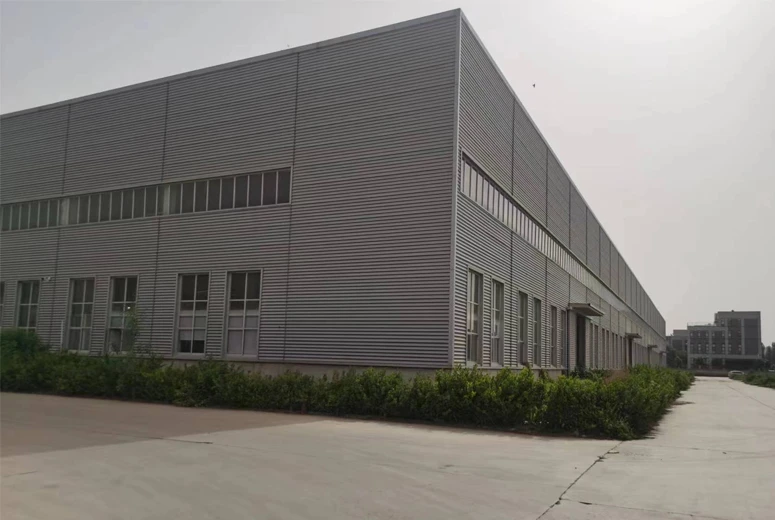Advanced Orbital Welding Systems for Efficient Pipe Joining Solutions in Various Industries
Overview of Orbital Pipe Welding Machines
Orbital pipe welding machines are pivotal in industries such as oil and gas, nuclear power, and shipbuilding, where precision and quality are paramount. These automated systems are designed to efficiently weld pipes in a 360-degree rotation, ensuring consistent and high-standard welds. In this article, we will explore the features, benefits, and applications of orbital pipe welding machines.
Features of Orbital Pipe Welding Machines
Orbital welding machines are distinguished by their unique design and advanced technology. Typically, they include
1. Rotating Welding Head The key feature of an orbital welding machine is its ability to rotate the welding head around a stationary workpiece. This allows for uniform heat distribution and consistent penetration, resulting in superior weld quality.
2. Programmable Controls Most modern orbital welding systems are equipped with sophisticated programmable logic controllers (PLCs) that allow users to set parameters such as voltage, amperage, and travel speed. This programmability ensures repeatability and minimizes human error.
3. Cold Wire Feeding Many orbital welders come with a cold wire feeding option, allowing for the addition of filler material during the welding process. This feature can enhance the mechanical properties of the weld joint and is particularly beneficial in applications requiring strength and durability.
4. Remote Monitoring and Diagnostics The ability to monitor and diagnose the machine remotely adds to the efficiency and reliability of orbital welding operations. Operators can track performance metrics and troubleshoot issues from a distance, reducing downtime.
Benefits of Orbital Pipe Welding
The implementation of orbital pipe welding machines offers several advantages
1. High Quality and Consistency The controlled environment of orbital welding leads to fewer defects and a uniform appearance. The automated nature of the process ensures each weld meets the specified standards.
orbital pipe welding machine

2. Increased Productivity With the ability to weld quickly and continuously, orbital welding machines significantly boost production rates. This efficiency is especially beneficial in large-scale projects, where time is often of the essence.
3. Reduced Labor Costs Automation minimizes the need for skilled labor, resulting in lower operational costs. While initial investments in orbital welding machines may be higher, the long-term savings and production efficiency often outweigh these costs.
4. Versatility Orbital welding machines can be used on a variety of pipe sizes and materials, including stainless steel, carbon steel, and exotic alloys. This adaptability makes them suitable for different industries and applications.
Applications of Orbital Pipe Welding Machines
The versatility of orbital pipe welding machines leads to their extensive use across numerous industries
- Oil and Gas High-pressure pipelines often require high-integrity welds, which orbital welding can provide, ensuring safety and reliability in critical applications.
- Nuclear Industry In nuclear facilities, where the utmost precision is crucial to prevent contamination and ensure safety, orbital welding's accuracy is invaluable.
- Pharmaceuticals and Food Processing The sanitary nature of orbital welding is particularly important in these industries, where cleanliness and sterilization are essential.
- Shipbuilding The ability to create strong, leak-proof welds in harsh marine environments makes orbital welding a favored choice in constructing vessels and submarines.
Conclusion
Orbital pipe welding machines represent a significant advancement in welding technology. Their ability to deliver high-quality, consistent welds while increasing productivity and reducing costs makes them an essential tool in various industries. As technology continues to evolve, these machines will likely become even more efficient, further solidifying their place in modern manufacturing and construction practices. The continued investment in orbital welding technology is a testament to the vital role it plays in ensuring the durability and safety of critical infrastructure.
-
High Frequency Straight Seam Welded Pipe Production Line-BzZhou Xinghua Machinery Equipment Manufacturing Co., LTD.|line pipe steel&welded gas pipeNewsJul.30,2025
-
High Frequency Straight Seam Welded Pipe Production Line-BzZhou Xinghua Machinery Equipment Manufacturing Co., LTD.|High Precision&Automated SolutionsNewsJul.30,2025
-
High Frequency Straight Seam Welded Pipe Production Line - BzZhou Xinghua Machinery Equipment Manufacturing Co., Ltd.NewsJul.30,2025
-
High Frequency Straight Seam Welded Pipe Production Line-BzZhou Xinghua Machinery Equipment Manufacturing Co., LTD.|Precision Welding, High EfficiencyNewsJul.30,2025
-
High Frequency Straight Seam Welded Pipe Production Line|BzZhou Xinghua|Precision Welding&EfficiencyNewsJul.30,2025
-
High Frequency Straight Seam Welded Pipe Production Line - BzZhou Xinghua|Precision Engineering&EfficiencyNewsJul.30,2025


